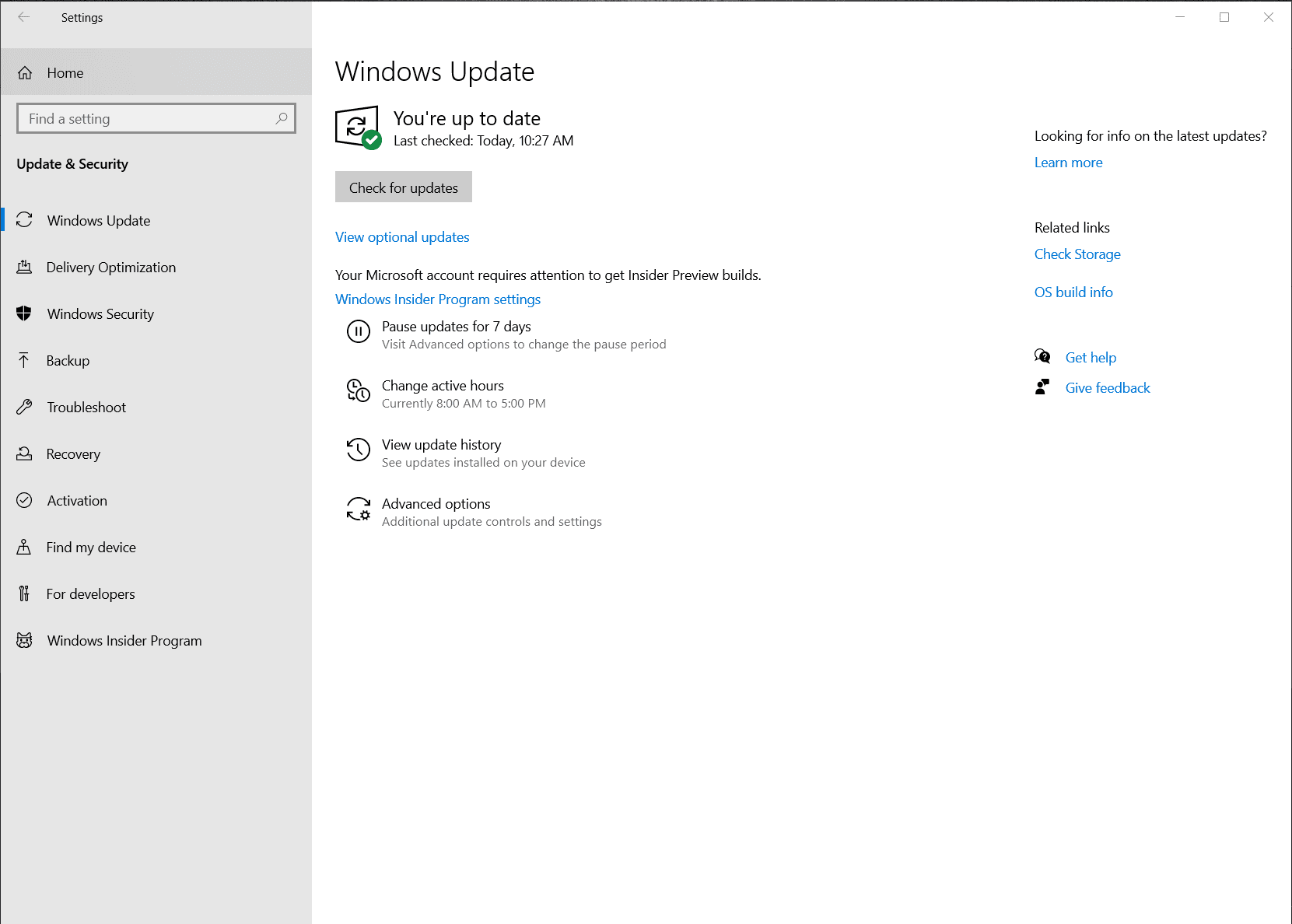Windows 10 makes it easier to discover optional drivers
Microsoft released a new Windows 10 development build last week which increased the build to 19536 for Fast Ring systems.
In the announcement, which Microsoft used to provide information on Windows 10 development team changes as well, the company revealed plans to make it easier for administrators to discover optional drivers on Windows 10 devices.
Windows 10 comes with a set of default drivers that will be installed automatically if matching hardware devices are discovered. Administrators may install different drivers if available, e.g. from the device's manufacturer, which may provide additional functionality, or improve performance/stability.
Optional drivers are provided by Microsoft; they are not installed automatically but may be installed. Up until now, users had to use the device Manager to install driver updates if provided by Microsoft.
Installation of optional updates was not very straightforward up until now. Many administrators helped themselves by using third-party tools like Windows Update MiniTool to list and install these.
Administrators may use the Windows Updates interface in future versions of Windows 10 to get a list of optional driver updates and install them. The change may remind some admins of a change introduced in Windows 10 version 1809. Microsoft moved printer and scanner drivers to Windows Updates in that version.
For drivers, you no longer need to browse Device Manager for a specific device to update. Windows Update will automatically keep your drivers up to date, but if you’re having a problem, one of those optional drivers might help.
Microsoft does not reveal when the new functionality will be introduced but it could be included as early as the next feature update version of Windows 10.

Windows 10 administrators will see a "view optional updates" link on the Windows Updates page once the change becomes available. Windows Update can be loaded via Windows-I > Update & Security > Windows Update.
A click on the view optional updates link displays all available optional updates. Listed in its own category are drivers. Each driver is listed with the manufacturer, name, and related information.
The listing is not very practicable on its own as you can't infer from it whether the listed driver is newer than the currently installed one. Information about it is not provided as well.
It may still be necessary to open the Device Manager or a third-party tool to check the installed driver and compare it with the suggested driver that Microsoft lists under optional updates.
The new option may be used as a last resort if Windows does not support the device at all or properly when it is connected to the device. While it is certainly better to look for other drivers first, it may make sense to install the optional driver if no other suitable driver is found.
Now You: How do you install drivers on your devices?
This article was first seen on ComTek's "TekBits" Technology News

- Log in to post comments